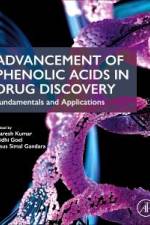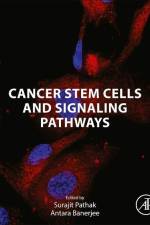av Aakanchha Jain
1 769
Peptide and Protein Drug Delivery Using Polysaccharides offers an interdisciplinary discussion of polysaccharides applied in peptide and protein drug delivery. Chapters consider basic biology of different polysaccharides of current interest and their production at pilot and large-scale stages by various techniques including, but not limited to, cell and hairy root cultures. Other sections examine factors affecting polysaccharide absorption, metabolism, and excretion in nascent, encapsulated, or conjugated forms, with unique coverage of vaccine absorption, metabolism, and drug delivery. A final section considers analytical methods for detection in tissue fluids and homogenates. Accessible figures, tables, and graphical abstracts are included throughout to support understanding. Specific polysaccharides discussed for therapeutic purposes include cellulose, hyaluronic acid, heparin, carageenan, alginic acid, agar and myrrh, acacia, tragacanth, ghatti gum, chitin, chitosan, starch, glycogen and dextran.






























